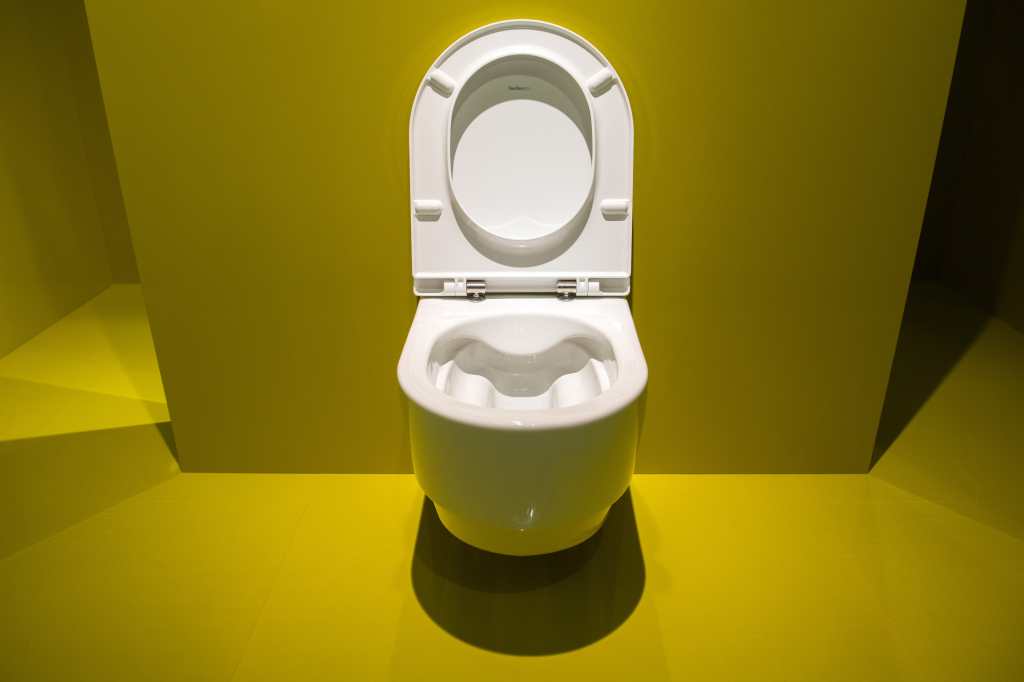Some people look closely at their urine and stool in the toilet and quickly become alarmed if what they see looks or smells different than usual.
The good news is that these changes are usually harmless, but not always.
Medications can change the color of urine
Let’s start with urine. “Usually it is light yellow to clear,” explains German urologist Axel Merseburger. If it is bright yellow, it may indicate that you have drunk too little.
If your urine remains dark yellow for two or three urinations even after drinking enough (usually 1.5 liters a day), it may indicate liver or gallbladder disease.
Orange-colored urine may be related to the intake of dietary supplements, such as beta-carotene, or antibiotics. Greenish or bluish urine may also be caused by medications, such as the antidepressant amitriptyline.
However, if you have eaten a large portion of blueberries, you may have pink urine. What if it is reddish? It is not always a cause for alarm.

“It may be due to the consumption of beets,” says Merseburger. Even eating a lot of raspberries can cause the urine to temporarily turn red.
It doesn’t matter what color the urine turns, but if the discoloration lasts more than two or three visits to the bathroom, those affected should see a doctor to clarify the cause.
Blood in your urine can be a sign of kidney disease, bladder cancer, or urinary stones. But only a professional can tell you exactly what the cause is.
Fresh and odorless urine
In addition to the color, some people are also concerned about the smell of their urine. “Normally, fresh urine is quite odorless,” says the doctor. The typical smell only appears later, when the urine is broken down by bacteria.
Often, odor changes are only temporary. “This may have to do with diet,” says Merseburger. One example is the smell of urine after eating asparagus.
The cause of a fishy smell in urine, especially in women, can be an infection in the vaginal area, such as a urinary tract infection or cystitis.
On the other hand, if the urine smells like rotten eggs, it may be a sign of a tumor in the urinary tract. If the abnormality persists, a medical check-up is important.

What if urine foams when it flows? This could be due to kidney disease or the toilet bowl cleaner.
Foods change the color of stool
And as for bowel movements, what does it mean when they change? “Normal stools are light to dark brown and are neither too hard nor too liquid,” explains gastroenterologist Petra Jessen.
The normal odor is strong, there is no abnormal odor. After all, each bowel movement is individual because the gut microbiome differs from person to person.
Anyone who notices a different odor than normal when defecating may be having a bad time eating different foods than usual. If the stool smells different all the time, it should be examined by a doctor. Causes may be inflammatory bowel diseases or pancreatic diseases.
As with urine, a change in stool color can also indicate the presence of certain foods. For example, kale and spinach can make stools greenish, and eating beets can make them reddish.
If green stool discoloration occurs with diarrhea, a gastrointestinal infection could be the cause. “Discolored stool indicates problems with bile,” Jessen explains.
Blood in the stool is a warning sign and should be examined promptly by a specialist. Causes of blood in the stool can be gastrointestinal infections, intestinal polyps, or hemorrhoids, but possibly also bowel cancer.
Black stools can be a sign of bleeding in the upper gastrointestinal tract. But black stools can also be caused by completely harmless factors, for example, taking iron tablets.
Keep calm
“You don’t have to go crazy about an unusual color in your stool,” says Jessen. He adds that you should first think about what you ate. If the food doesn’t give a reason for the color difference, you should wait two or three bowel movements. If the discoloration persists, you should see a doctor.
And what about children? “In breastfed babies, all variations in stool color are normal,” says the specialist.
It also highlights that the frequency of bowel movements can also vary between several times a day, every two days, or once a week, which is not abnormal.
For infants who are formula-fed in their early years, as well as for older children, there is no standard for stool frequency. And for them, as for adults, discoloration may or may not be related to feeding.
Whether it is stool or urine, regular medical check-ups are necessary for children and adolescents.
“If parents are concerned about the appearance or smell of their child’s stool, they can bring it up during medical check-ups,” Merseburger advises. And of course, at any time in between if necessary.























+ There are no comments
Add yours